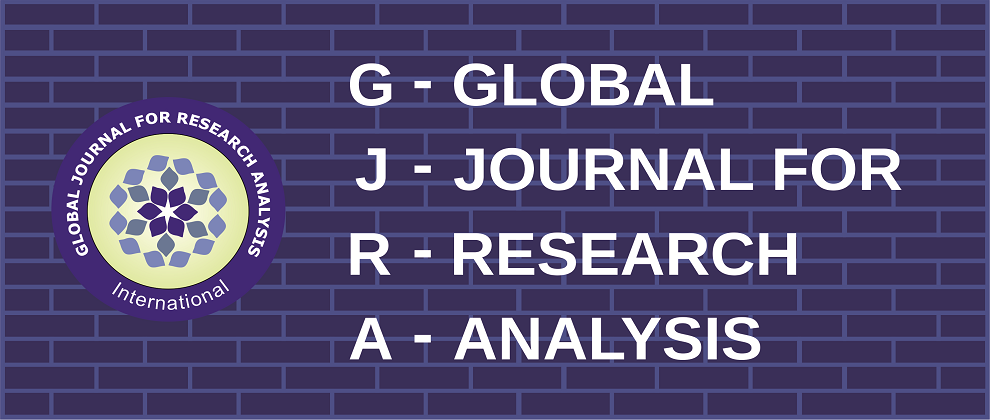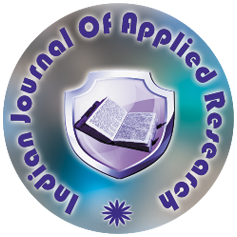Volume : 6, Issue : 9, September - 2017
Role of Ascorbic acid in the brain and gills of fish, Labeo rohita and Cirrhinus mrigala following the sub- acute exposure of methyl parathion
S. N. C. Ray, R. C. Sinha
Abstract :
<p> <span style="font-family: "Lucida Fax", serif; font-size: 12pt; text-align: justify; text-indent: 0.5in;">Asccorbic acid is a key antioxidant in the ain and gill of fish. In the ain, ascorbic acid scavenges reactive oxygen species (ROS) generated during synaptic activity and ain metabolism where it is oxidized to dehydroascorbic acid and released into extracellular space. Intrinsic properties of ascorbic acid beyond acting as an antioxidant are important in its role as a key molecule in the metabolism of fish. Ascorbic acid can switch ain in glucose metabolism from glucose consumption, uptake and use of lactate as metabolic substrate to sustain synaptic activity. A sub- acute exposure to methyl parathion causes hypoxic condition due to the detachment of secondary lamellar epithelium from underlying pillar cell system. Results in the present study show that ascorbic acid content in the ain and gill was higher in </span><i style="font-family: "Lucida Fax", serif; font-size: 12pt; text-align: justify; text-indent: 0.5in;">Cirrhinus mrigala</i><span style="font-family: "Lucida Fax", serif; font-size: 12pt; text-align: justify; text-indent: 0.5in;"> than </span><i style="font-family: "Lucida Fax", serif; font-size: 12pt; text-align: justify; text-indent: 0.5in;">Labeo rohita</i><span style="font-family: "Lucida Fax", serif; font-size: 12pt; text-align: justify; text-indent: 0.5in;">. Following the sub-exposure of methyl parathion, the ain ascorbic acid significantly increased (p<0.04; 0.02 and 0.08) in 24, 48 and 96h respectively in the </span><i style="font-family: "Lucida Fax", serif; font-size: 12pt; text-align: justify; text-indent: 0.5in;">Labeo rohita</i><span style="font-family: "Lucida Fax", serif; font-size: 12pt; text-align: justify; text-indent: 0.5in;"> while the significant increase (p<0.04, 0.06, 0.002) in 24, 48 and 96h in </span><i style="font-family: "Lucida Fax", serif; font-size: 12pt; text-align: justify; text-indent: 0.5in;">C. mrigala</i><span style="font-family: "Lucida Fax", serif; font-size: 12pt; text-align: justify; text-indent: 0.5in;"> was observed. Similar pattern was observed in the gill ascorbic acid in both of the fishes under study. The physiological significance of ascorbic acid a wonder and miracle molecule is reported herein for the first time.</span></p> <p class="MsoNormal" style="text-align:justify;text-justify:inter-ideograph; text-indent:.5in"><span style="font-size:12.0pt;mso-bidi-font-size:11.0pt; line-height:115%;font-family:"Lucida Fax","serif""><o:p></o:p></span></p>
Keywords :
Article:
Download PDF Journal DOI : 10.15373/2249555XCite This Article:
S. N. C. Ray, R. C. Sinha, Role of Ascorbic acid in the brain and gills of fish, Labeo rohita and Cirrhinus mrigala following the sub- acute exposure of methyl parathion, GLOBAL JOURNAL FOR RESEARCH ANALYSIS : VOLUME-6, ISSUE-9, SEPTEMBER-2017


 MENU
MENU

 MENU
MENU

